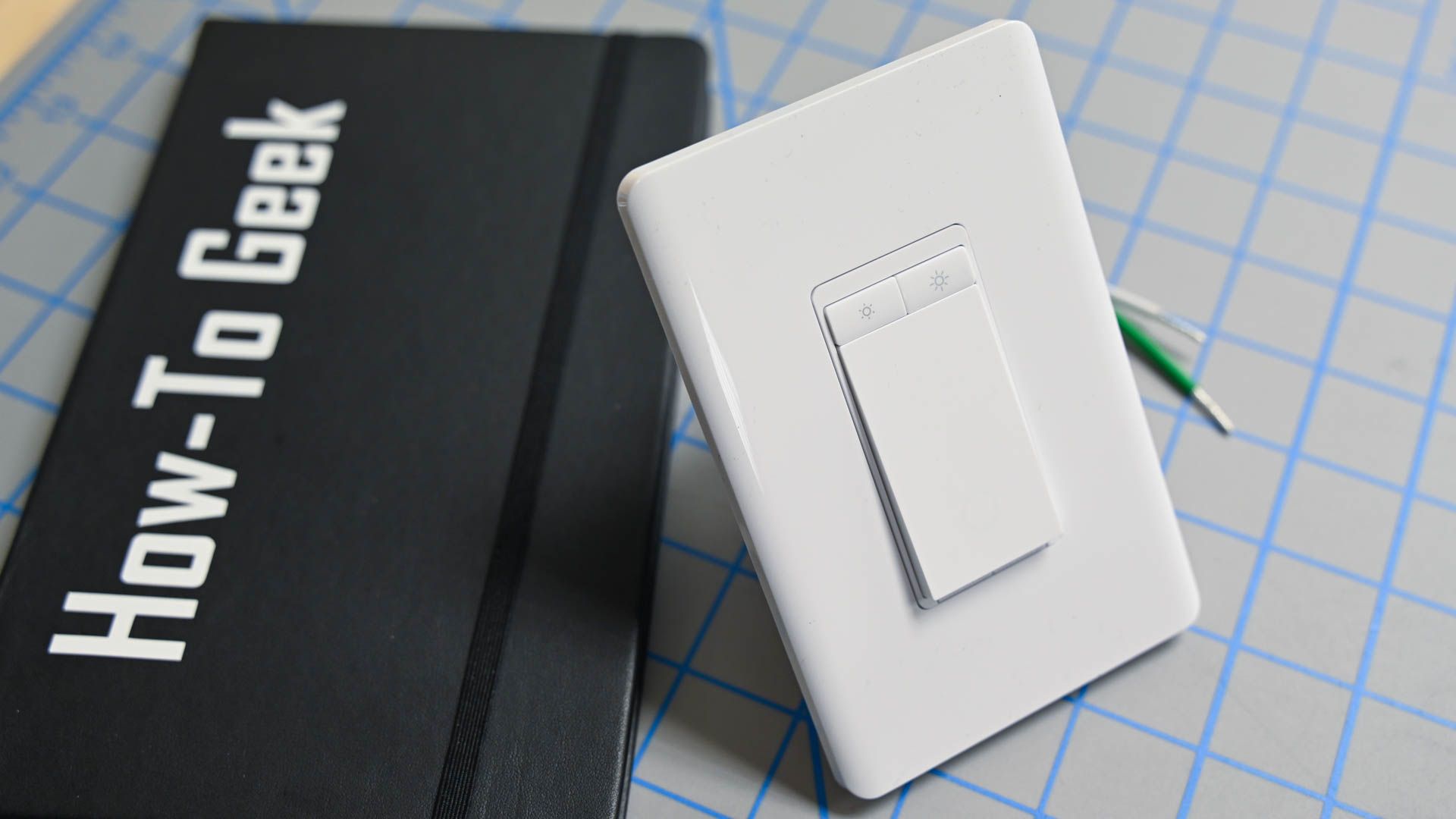The world’s leading zipper company just demonstrated a self-zipping zipper. YKK’s eloquently-named “self-propelled fastener” is intended for large tents and industrial projects, though a refined and miniaturized version of technology could appear in clothing at some point.
YKK worked with Taiyo Kogyo, a business that manufactures tensile membrane structures, to demonstrate the new self-propelled zipper. These manufacturers believe that self-propelled zippers will be utilized when constructing buildings, roofs, canopies, or large tents with tensile membrane material (plastic, fabric, etc)—instead of sending a human to manually tether large pieces of construction material, you can perform the task remotely using motorized zippers.
So, not only do these zippers have the potential to reduce construction costs, but they could also increase job-site safety. There are some caveats here—the zippers appear to require wired power, and humans still need to attach the zipper itself by hand—but it’s a compelling concept, and in any case, it’s still in a prototype stage.
“YKK has developed a ‘self-propelled fastener’ that can remotely control the opening and closing of zippers for industrial materials including tents. The ‘self-propelled fastener’ allows you to open and close the fastener remotely by attaching a self-propelled unit with built-in gears and motors to the fastener and operating it with a wired controller.” – YKK Pressroom, Translated
Interestingly, the zipper appears to ride along a track of conventional interlocking teeth, just like a jacket or a pair of pants. But the zipper itself has a fairly unconventional design—it’s a little longer than the average human hand, for one, and it uses a spinning worm gear to wind itself forward. Zipper movement is controlled by remote, meaning that structures can be zipped or unzipped at a distance. Of course, the unzipping part of this equation may be more useful when dealing with temporary structures, rather than permanent or semi-permanent installations.
This technology could be miniaturized for clothing at some point in the future. However, the power requirement would be annoying (you’d need a battery), and the self-zipping design brings to mind some very comical safety concerns. People who are physically disabled may be able to overlook these quirks, but magnetic-latching zippers and other low-tech accessibility solutions appear to be a far better and more desirable option, at least in most situations. Self-zipping shoes seem like a more viable option than self-zipping pants, for example.

Related
How to Add Smart Switches to an Older Home
Different ways to include a smart switch into homes without neutral wiring.
Of course, consumers could use the self-zipping zipper in some non-clothing contexts—outdoor tents, bags or luggage, and so on. And the technology could extend zipper usage to new product categories, although I’m not sure what those categories might be. Temporary awnings? Remote-controlled curtains? I’ll stop while I’m ahead.
As a quick side note, YKK sold over 10 billion zippers from April 2024 to March 2025—enough zippers to circle the globe 80 times. The company also sells a range of other products, such as plastic latches, buttons, and adhesive fasteners.




